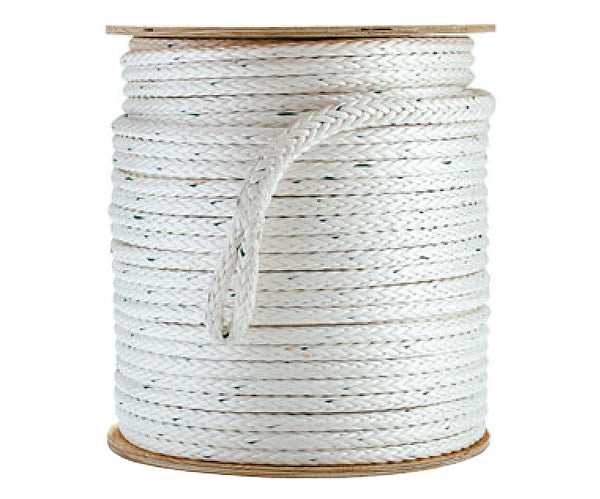Close
- Networking
-
- Networking Cables
 Specialty Cables
Specialty Cables- Bundled Cable
- PE-89 Outdoor Cables
- Networking Connectivity
- Networking Panels / Rack and Enclosures
- Networking Switches and Wireless
- Networking Tools and Testers
- Cable Management
- Telecommunications Products
 Telco Cables
Telco Cables- Amphenol Cable
- CAT3 Phone Cable
- Telephone Cable
 Telco Connectors
Telco Connectors- Cat3 Keystone Jacks
- RJ11, RJ12, & RJ22 Plugs
- Splicing Connectors
 Telco Hardware
Telco Hardware- Cellular Systems
- Telephone Wall Plate
- Telco Block
- Telco Splitter
- Networking Cables
-
- Fiber
- Coaxial
- Security
- Home A/V
-
- Home A/V Cables & Adapters
- Home A/V Accessories
- Home A/V Tools
- Computer Cables, USB and Accessories
 Computer and Printer Accessories
Computer and Printer Accessories- Mini Gender Changer
- USB Accessories
-
- Electrical
-
- Electrical Products
 Electrical Testers
Electrical Testers- Electrical Testers
- Conduit
- Electrical Products
-
- Specials
- Made in USA
- What's New?



































































































